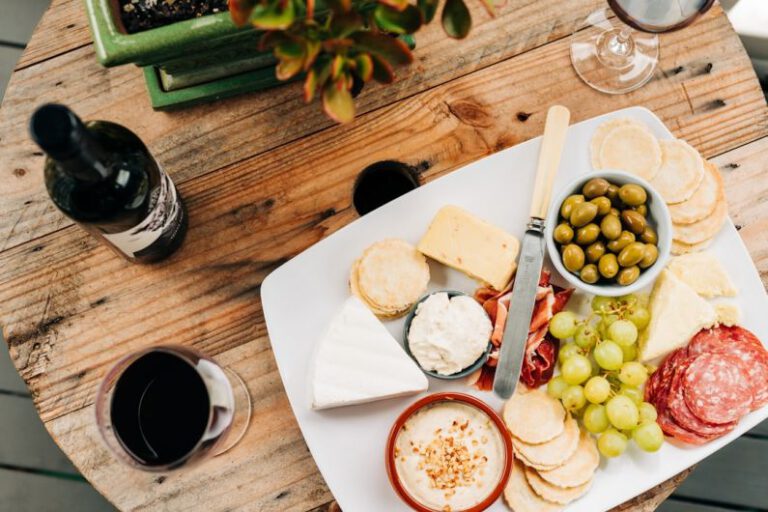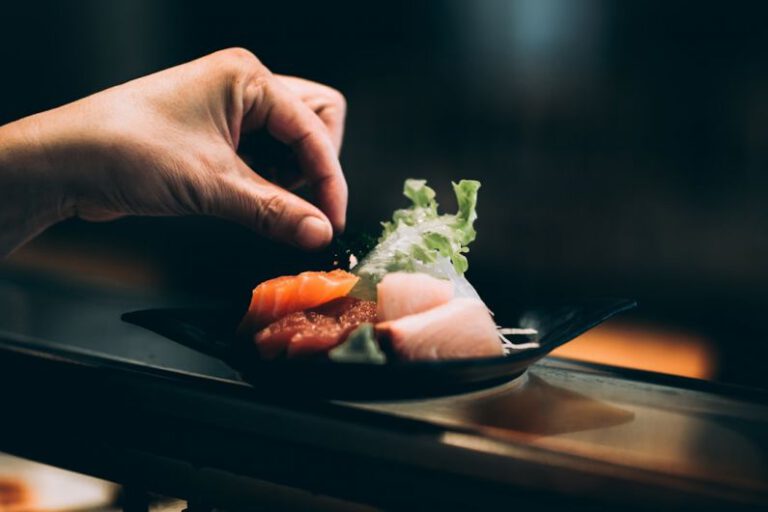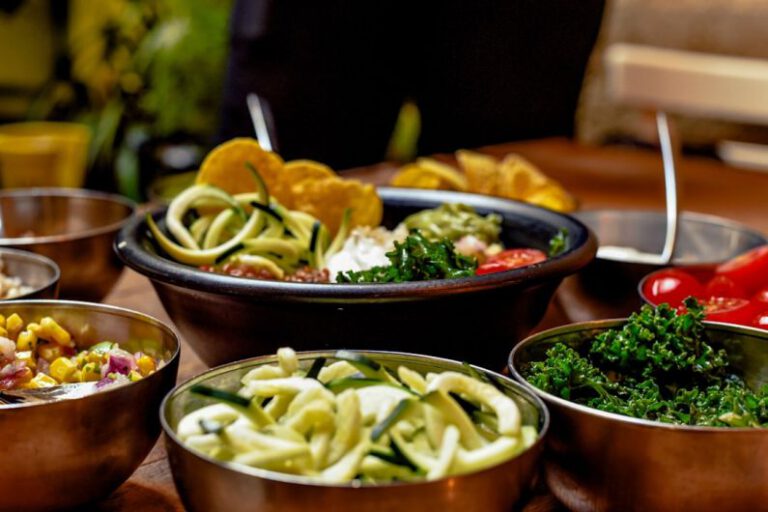Uncovering the Secrets of Traditional Cooking Methods Worldwide
Cooking is not just about preparing food; it is an art deeply rooted in culture and tradition. Traditional cooking methods have been passed down through generations, shaping culinary practices around the world. These methods are not only about creating delicious dishes but also about preserving heritage and connecting communities. Let’s delve into the fascinating world of traditional cooking techniques from different corners of the globe.
Preservation Techniques: Fermentation and Curing
One of the oldest and most widespread traditional cooking methods is fermentation. This process involves the transformation of food by bacteria, yeasts, or other microorganisms. Fermentation not only enhances the flavor of food but also improves its nutritional value and extends its shelf life. In countries like Korea and Japan, fermentation is used to produce staple foods like kimchi and miso, which are rich in probiotics and essential nutrients.
Curing is another preservation technique that has been used for centuries. This method involves preserving meat or fish by drying, salting, smoking, or pickling. In regions like Italy and Spain, cured meats such as prosciutto and chorizo are prized for their intense flavors and long shelf life. These traditional techniques not only ensure food security but also create unique culinary delights that have stood the test of time.
Cooking Over an Open Flame: Grilling and Roasting
Before the advent of modern stoves and ovens, cooking over an open flame was the primary method of preparing food. Grilling and roasting over a fire impart a smoky flavor and charred texture that are difficult to replicate with other cooking methods. In countries like Argentina and India, grilling techniques such as asado and tandoori cooking are deeply ingrained in culinary traditions. These methods not only cook the food but also infuse it with the aromas of the wood or charcoal, resulting in dishes that are both rustic and flavorful.
Steaming and Boiling: Retaining Nutrients and Flavors
Steaming and boiling are simple yet effective cooking methods that are widely used in traditional cuisines. Steaming involves cooking food with the steam produced by boiling water, while boiling submerges food in hot water until it is fully cooked. These methods are ideal for retaining the natural flavors and nutrients of ingredients, making them popular choices for cooking vegetables, dumplings, and soups.
In Chinese cuisine, steaming is a common method used to cook delicate dishes like dim sum and fish. The gentle heat of steam ensures that the food is cooked evenly without losing its texture or nutritional value. Similarly, in countries like Italy and France, boiling is used to prepare hearty soups and stews that showcase the flavors of seasonal ingredients.
Earthenware Cooking: Harnessing the Power of Clay
Earthenware cooking is a traditional method that involves using clay pots or vessels to cook food. Clay has natural heat retention properties that allow for slow and even cooking, resulting in tender and flavorful dishes. In countries like Morocco and Mexico, earthenware cooking is prevalent, with dishes like tagine and mole being cooked in clay pots over low heat for hours.
The porous nature of clay also helps to absorb excess moisture during cooking, ensuring that the dish remains moist and succulent. This method of cooking not only imparts a unique earthy flavor to the food but also promotes the use of sustainable and eco-friendly cookware.
Exploring Traditional Cooking Methods: A Culinary Journey
Traditional cooking methods are a window into the rich tapestry of global cuisine, reflecting the diversity of ingredients, techniques, and flavors that define culinary traditions around the world. By uncovering the secrets of traditional cooking, we not only gain a deeper appreciation for the food we eat but also connect with the heritage and stories that have shaped our culinary identities. Next time you step into the kitchen, consider experimenting with traditional cooking methods to experience the time-honored techniques that have stood the test of time.






